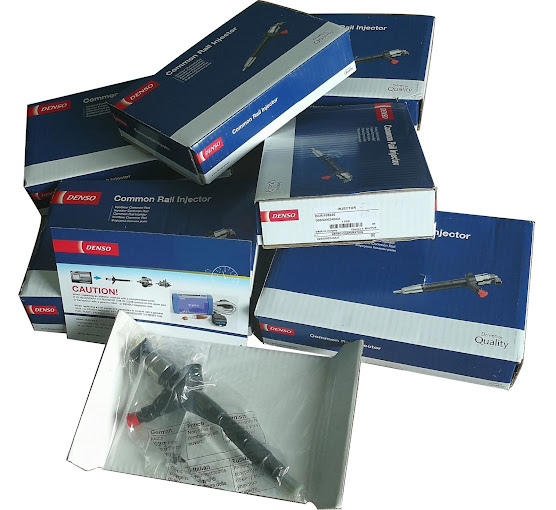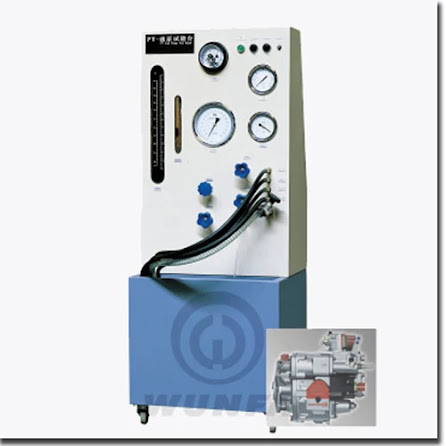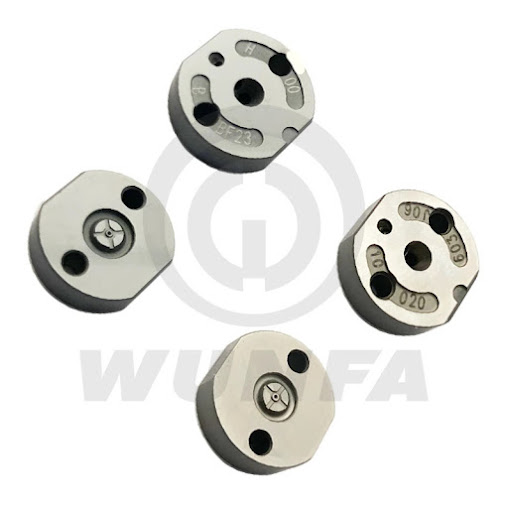Everything You Must Know About Delivery valve

In the realm of fluid dynamics, achieving precision and control stands as the cornerstone of success. Whether within industrial frameworks, automotive mechanisms, or hydraulic setups, the adept management of fluid flow emerges as pivotal for optimal functionality. Central to this proficiency are two indispensable components: control valves and delivery valves. Within this discourse, we embark on an exploration of these valves, unraveling their functionalities and elucidating their significance across diverse applications. Control Valves: Orchestrators of Fluid Dynamics Control valves represent the linchpins for regulating fluid flow, pressure, temperature, or direction within a system. Diverse in designs and configurations, these valves are bespoke to specific applications and operational contexts. At their core lies the fundamental capability to modulate fluid flow by adeptly maneuvering between open, closed, or partially obstructed states within a pipeline. Control valve Critical



.jpg)

